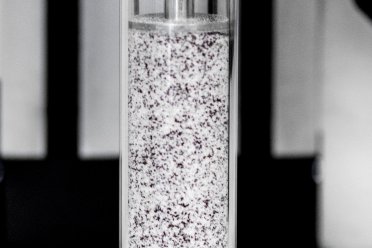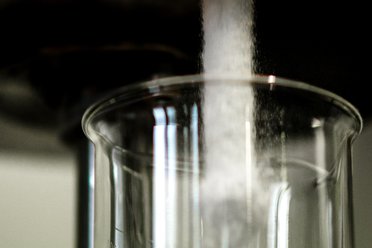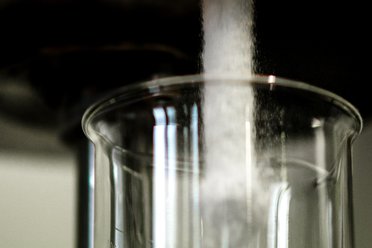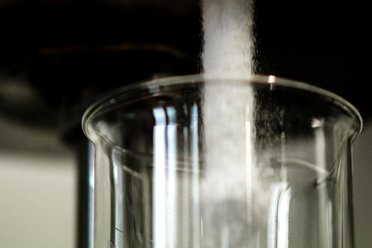 There is a dire need for testing the powder flow properties in industries and to meet this objective, tap testing tools are employed in the labs. These toolsets are widely employed for the testing and measurement of pharmaceutical powders. These toolsets are used for figuring out the properties of powder flow. The equipment to use to achieve this goal is called tap density meter. The apparatus used for the measuring and testing of powder flow is employed in the research and the development of entire establishments. This is the reason which places this in the list of the most efficient tools for testing powder compressibility.
There is a dire need for testing the powder flow properties in industries and to meet this objective, tap testing tools are employed in the labs. These toolsets are widely employed for the testing and measurement of pharmaceutical powders. These toolsets are used for figuring out the properties of powder flow. The equipment to use to achieve this goal is called tap density meter. The apparatus used for the measuring and testing of powder flow is employed in the research and the development of entire establishments. This is the reason which places this in the list of the most efficient tools for testing powder compressibility.
This tool is used to measure the powder bulk density and volume of a pharmaceutical powder. A very specific purpose is solved by this tool which is finding the difference between the powder property to flow and the powder’s compressibility property. There once was a time in history when powder testing was performed. There used to be very high chances of the test failing. Scientists introduced the powder rheometer in order to reduce the possibility of certain erroneous results. Powder rheometer is put to use in different types of measurements with no failure at a very different range and level. A person can find the tap density measurements and also use the tap density measurement tool in a lot of different ways.
There are some instruments that are put to work in order to categorize the powder without much difficulty. Along with this, there is a possibility that they will find the tap density with no error. It was never this easy to capture tap density measurements. Powder rheometer is used to perform the powder compressibility test. Powder rheometer is an instrument that assists in observing the powder’s rheology more intensely. The Powder rheometer functions as a powder flow tester. There have been occurrences when the density or volume has been mistaken, which has led the result of the whole measurement falling apart. Hence, it is very important to make sure that everything is accurate.
There is another apparatus that can be used to measure and observe the powder’s bulk density and it is called auto tap tool. The auto tap tool is very compact in size. The body of the auto tap tool contains two cylinders which rotate on their axis. The cylinders find out the powder’s tap density with the help of appropriate taps. The best part is that after a certain time, the process stops.
Granupack is another instrument that helps in finding the used powder’s nature and it also serves the purpose of getting the measurements that are required for a particular case.
 The powder is used in various industries as a raw material for coating, making tablets or just to be sold in a powdered form. For converting it to any final product, it needs to be traveled through different stages like from storing it in storage vessels till it is processed. For making it pass every stage without any obstruction or hindrances, its flow through channels is pre-examined so that production or manufacturing could run smoothly, without any flow hassle.
The powder is used in various industries as a raw material for coating, making tablets or just to be sold in a powdered form. For converting it to any final product, it needs to be traveled through different stages like from storing it in storage vessels till it is processed. For making it pass every stage without any obstruction or hindrances, its flow through channels is pre-examined so that production or manufacturing could run smoothly, without any flow hassle.
 Powders are fine, dry particles that are created by grinding, crushing or the disintegration of a solid substance. These particles can flow freely when they’re shaken or their container is tilted. There are two types: Granular and Fine. Granular materials are more particulate and individual grains are larger in size than fine powders. Finer grain sizes tend to clump or form lumps while flowing.
Powders are fine, dry particles that are created by grinding, crushing or the disintegration of a solid substance. These particles can flow freely when they’re shaken or their container is tilted. There are two types: Granular and Fine. Granular materials are more particulate and individual grains are larger in size than fine powders. Finer grain sizes tend to clump or form lumps while flowing.